Introducation:
CPVC fittings are lightweight, making them easy to handle and install. They do not require any special equipment or expertise, reducing labor and tool requirements. Additionally, CPVC fittings exhibit excellent resistance to chemicals and high temperatures, making them suitable for various applications. They also have high impact strength and resistance to cracking, ensuring durability and longevity in plumbing systems.
Advantages of CPVC Fittings:
1.Lightweight and easy to install.
2.Excellent resistance to chemicals and high temperatures.
3.Durable, with high impact strength and resistance to cracking.
Types of PVC Pipe Fitting:
1.Couplings: Connect pipes securely.
2.Elbows: Allow changes in direction.
3.Tees: Create branch connections.
4.Reducers: Connect pipes of different sizes.
5.Caps: Seal pipe ends to prevent water leakage.
Steps to Connect PVC Pipe Fitting with Plastic Pipes:
1.Cut the pipe to the required length using a saw or pipe cutter.
2.Deburr the edges of the cut pipe using a deburring tool.
3.Dry fit the fitting into the pipe to ensure a proper fit.
4.Clean both the pipe and fitting with a cleaner specifically designed for CPVC.
5.Apply CPVC cement around the outside of the pipe and inside of the fitting.
6.Quickly insert the pipe into the fitting and twist it a quarter turn to ensure a secure connection.
7.Hold the joint together for at least 30 seconds to allow the cement to dry.
Can You Use PVC Fittings with CPVC Pipe?
No,pvc and CPVC may look similar, but they have different material properties. PVC has a lower temperature tolerance than CPVC and is not as resistant to chemicals. Using PVC fittings with CPVC pipes can lead to leaks and other plumbing issues, potentially causing damage to the system. To ensure proper function and a long lifespan for the plumbing system, it is crucial to use CPVC fittings with CPVC pipes.













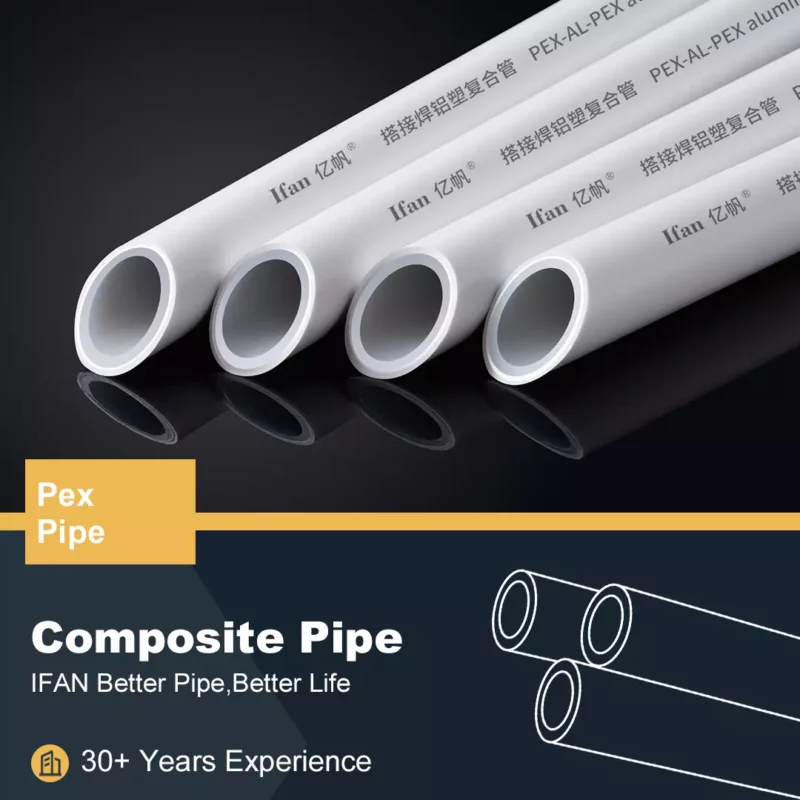








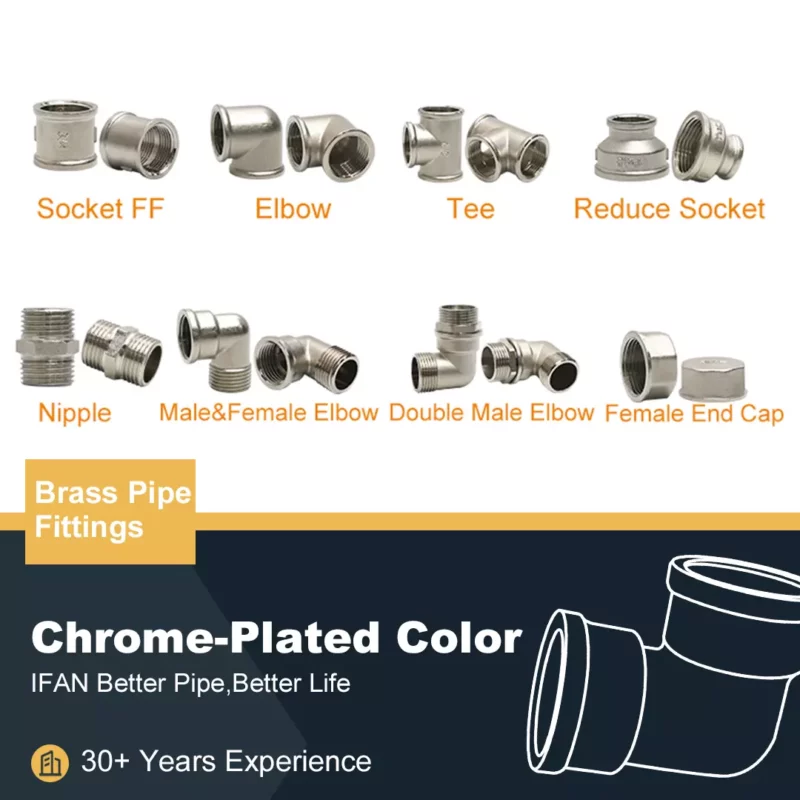
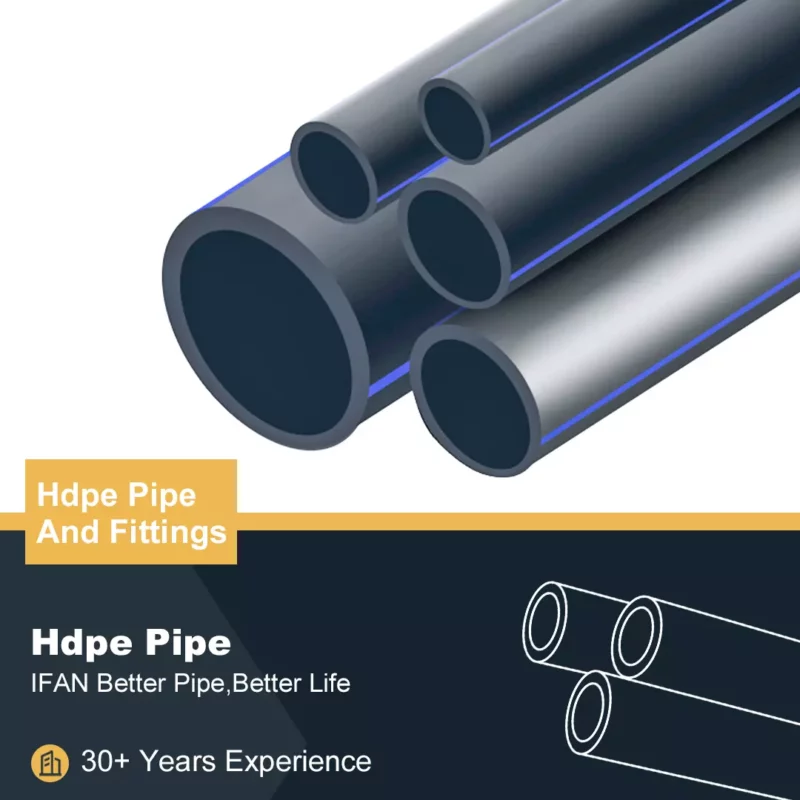




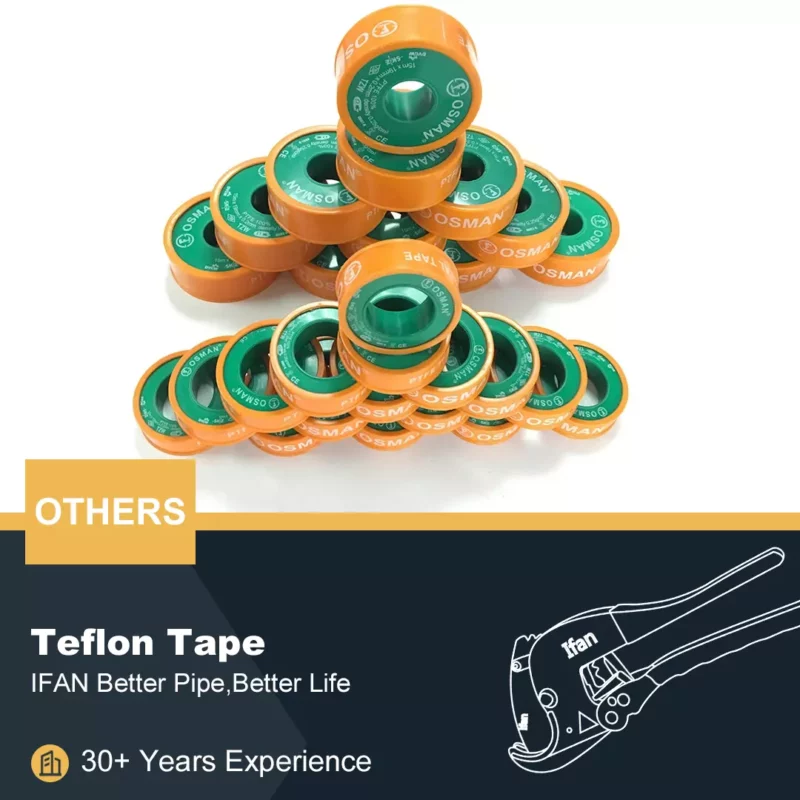





























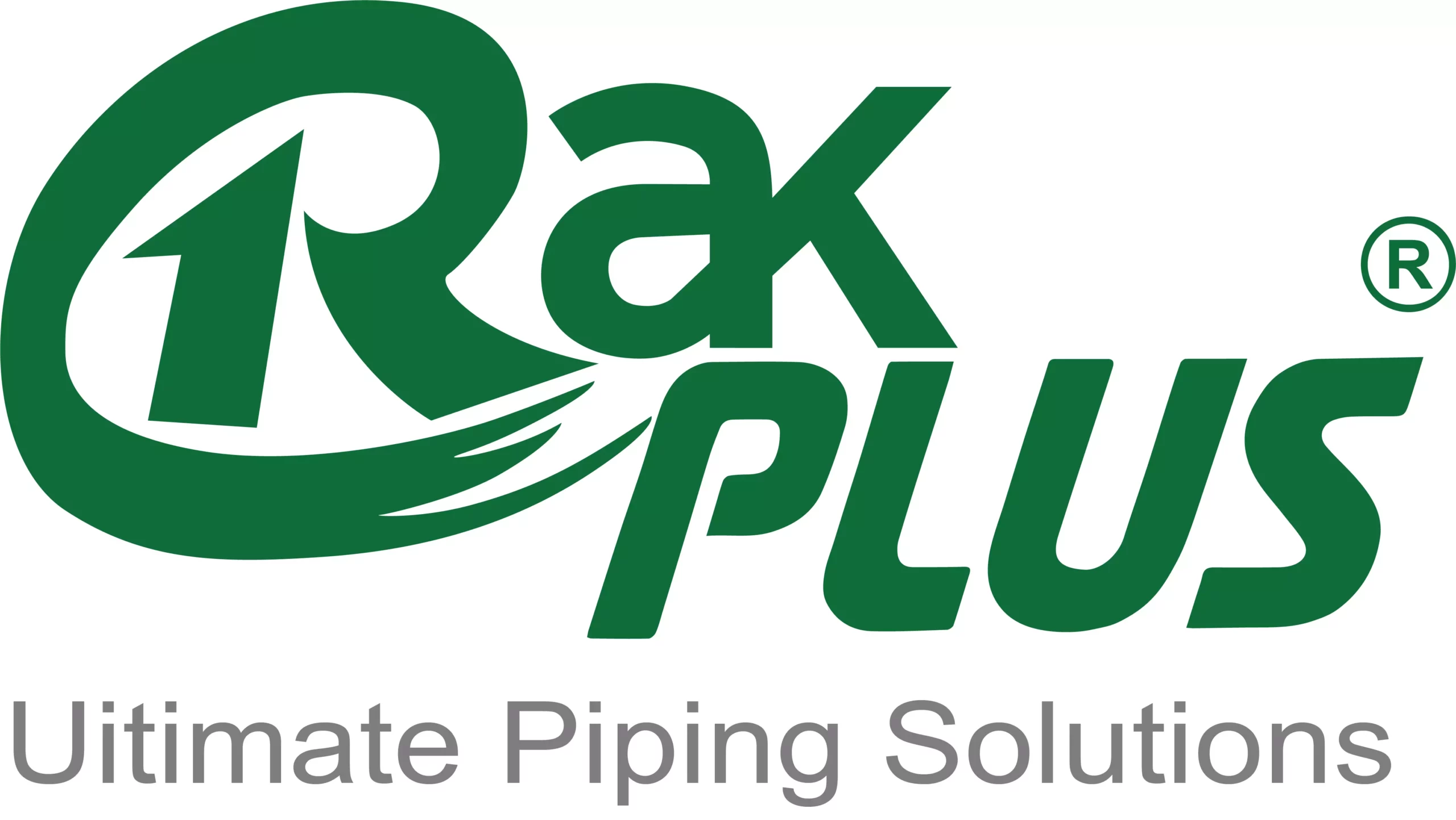


评价
目前还没有评价